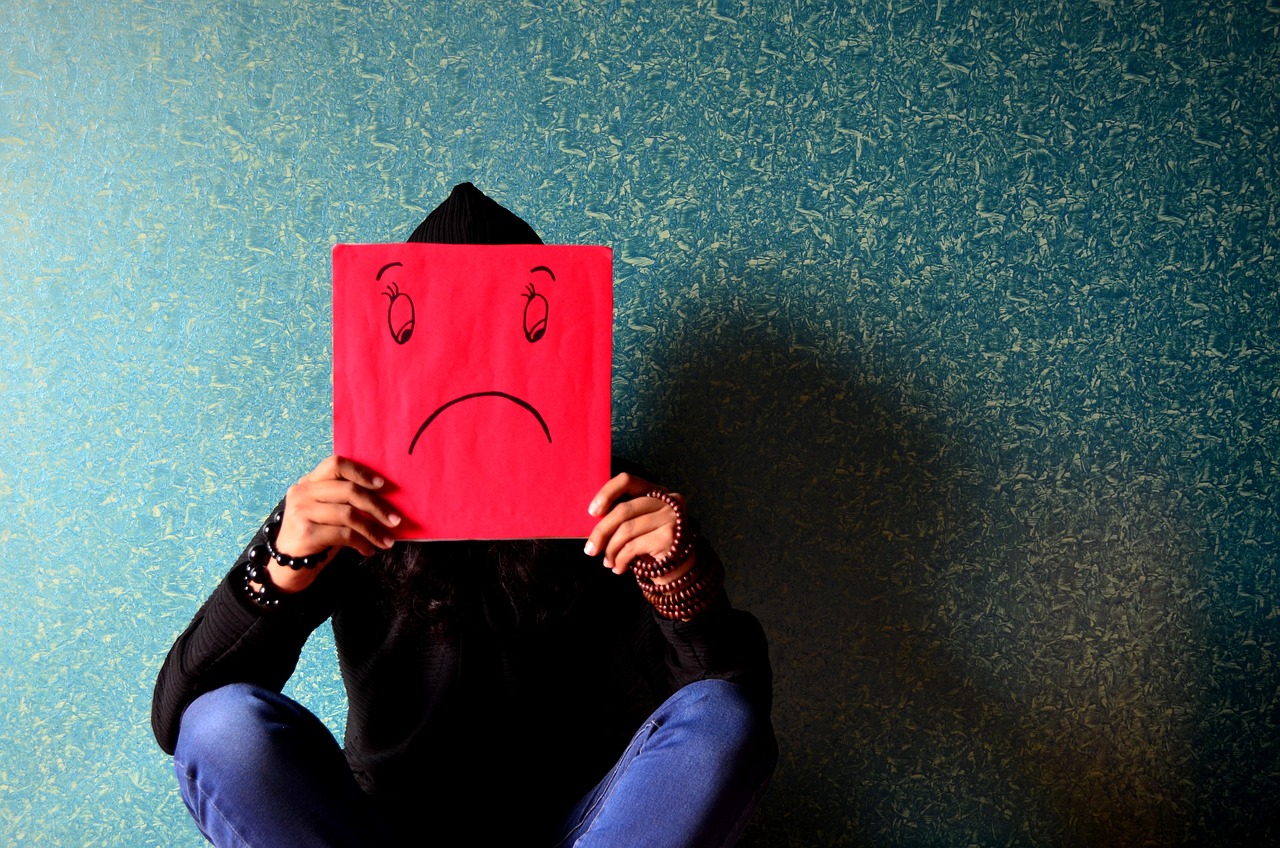There’s no questioning the appeal of a cozy blanket and a day on the couch during these dreary, rain- and snow-filled winter months. Indeed, putting off all those carefully crafted self-care routines we reinstated after the decadent holidays is easy and can be quickly reasoned away when faced with winter’s wrath.
For most of us, this slump lasts a day or maybe two; but for others who suffer from Seasonal Affective Disorder (SAD), it can last much longer.
Also called “winter blues,” SAD presents in late fall or early winter and can last up to 4 months. A subtype of major depressive disorder defined in the Diagnostic and Statistical Manual of Mental Disorders – 5 (DSM-V), SAD encompasses many depressive traits but is characterized by its seasonality (NIMH, 2023). Like those experiencing depression, individuals with SAD may have sleep disturbances, difficulty concentrating, low energy, and decreased interest in things they previously liked, accompanied by increased thoughts of death and suicide (NIMH, 2023).
Hallmarks of SAD that differentiate itself from major depressive disorder are specific symptoms such as a desire to “hibernate,” to load up on carbohydrates, to sleep more than usual, and is usually accompanied by weight gain. Interestingly, a version of SAD occurs in the warmer months and presents with increased anxiety, violent episodes, weight loss, and insomnia (NIMH, 2023).
Research points to a lack of sunshine as a significant cause of winter-based SAD, although the exact cause is unknown. Other theories suggest disruptions in circadian rhythm and a lack of the feel-good chemical serotonin in the brain. SAD affects millions of Americans (about 5%). It is more common among women (aged 18 to 30) and individuals who live farther north, where winter days are shorter than in the southern states (Maine vs. Flordia) (Cleveland Clinic, 2020; Galima, 2020). SAD is also more common among individuals already experiencing depressive symptoms, bipolar disorder, or schizophrenia (NIMH, 2023).
A diagnosis of SAD typically follows at least two years of the same symptoms occurring during the same time frame or season.
Experts say that light therapy has proven the most effective among treatments offered for SAD. According to Galima (2020), these light treatments usually involve exposure to a “light box” for 30-60 minutes daily, preferably in the morning after rising. The therapy allows for completing tasks throughout, with the only caveat being that the individual must face the light source. Other light therapy options are available for those with vision sensitivities. For instance, dawn simulation therapy is an approach where individuals are exposed to significantly weaker light administered at the end of a sleep cycle (Galima, 2020).
Other types of treatment can and are often used in conjunction with light therapy, including cognitive behavioral therapy, administration of Vitamin D, and antidepressants. SAD sufferers can also lessen the effects of the disorder by anticipating the season and receiving the treatment they need to reduce symptoms before they become unmanageable. Galima (2020) also suggests avoiding prolonged screen time before bedtime, observing a regular sleep schedule, getting aerobic exercise, and getting more exposure to natural light.
If you suspect you may suffer from SAD, don’t just live with it. Experts suggest reaching out to a therapist like those at Breathe Easy Therapy Services, who offer cognitive behavioral therapy services and more. For more information, you can contact us here.
References
Cleveland Clinic. (2020). Seasonal Depression. https://my.clevelandclinic.org/health/diseases/9293-seasonal-depression
Galima, S. V., Vogel, S. R., & Kowalski, A. W. (2020). Seasonal Affective Disorder: Common Questions and Answers. American Family Physician, 102(11), 668-672. http://library.capella.edu/login?qurl=https%3A%2F%2Fwww.proquest.com%2Fscholarly-journals%2Fseasonal-affective-disorder-common-questions%2Fdocview%2F2476628504%2Fse-2%3Faccountid%3D27965
Mayo Clinic. (2023) Seasonal Affective Disorder (SAD). https://www.mayoclinic.org/diseases-conditions/seasonal-affective-disorder/symptoms-causes/syc-20364651
National Institute of Mental Health. (2023) Seasonal Affective Disorder. https://www.nimh.nih.gov/health/publications/seasonal-affective-disorder





